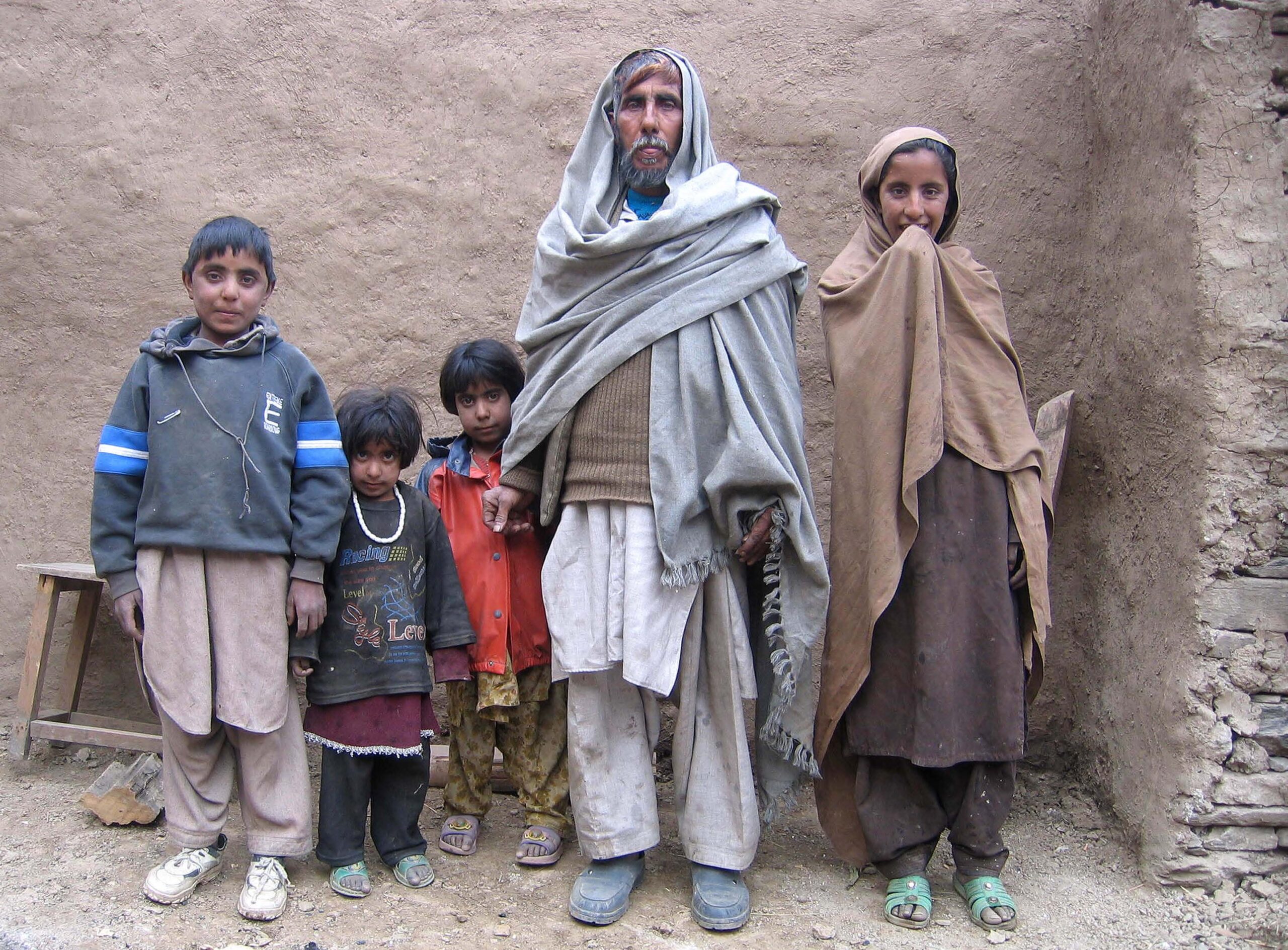
There is often a robust debate regarding how to motivate people — the carrot or the stick? In marketing they often refer to pushing and pulling. Pushing utilizes guilt, fear, self-interest or a sense of obligation to motivate while pulling is about making something appear attractive or desirable. Most agree that the pulling people into acting, albeit a more difficult task, is far more effective and sustainable. Once a person has cultivated a deep desire for something they will often work tirelessly to achieve a goal or obtain that thing.
There is little need to monitor or check up on that individual — their motivation has been internalized. Individuals dedicated to helping those in need have made similar observations.
It is not enough to feel an obligation to help the poor and less powerful. A sense of duty or perhaps the goal of feeling better about oneself will not sustain one’s work and focus. Some have even drawn a surprising connection between beauty and social justice. To sustain social justice, one must see the beauty in the people you are helping. Beauty develops desire and ultimately makes any effort overwhelmingly attractive, regardless of the difficulty and obstacles one will inevitably confront. Beauty fuels one’s motivation and focuses one’s efforts. This is the primary reason I require my students to interview, spend time with and write about the individuals that will be served by their project.
The photo here is a family my students interviewed in Pakistan’s Northwest Frontier Province during an earthquake relief effort.
As makers we should harness beauty not just as a means to entertain, provide comfort or distract people from the pain and injustice in the world, but rather to expose, motivate and activate our desire to take productive, just actions. Beauty is not decoration or something that is applied to a project at the end of the process to make it pretty. It is a mindset that needs to permeate and impact every decision that is made. Currently, there is not enough discussion regarding beauty and the role it plays in art and design. Perhaps it makes our modern analytical minds uncomfortable. Regardless, pulling us all toward the undervalued, vulnerable and less fortunate — making just acts more desirable and attractive — may be one of the makers most important superpowers.
